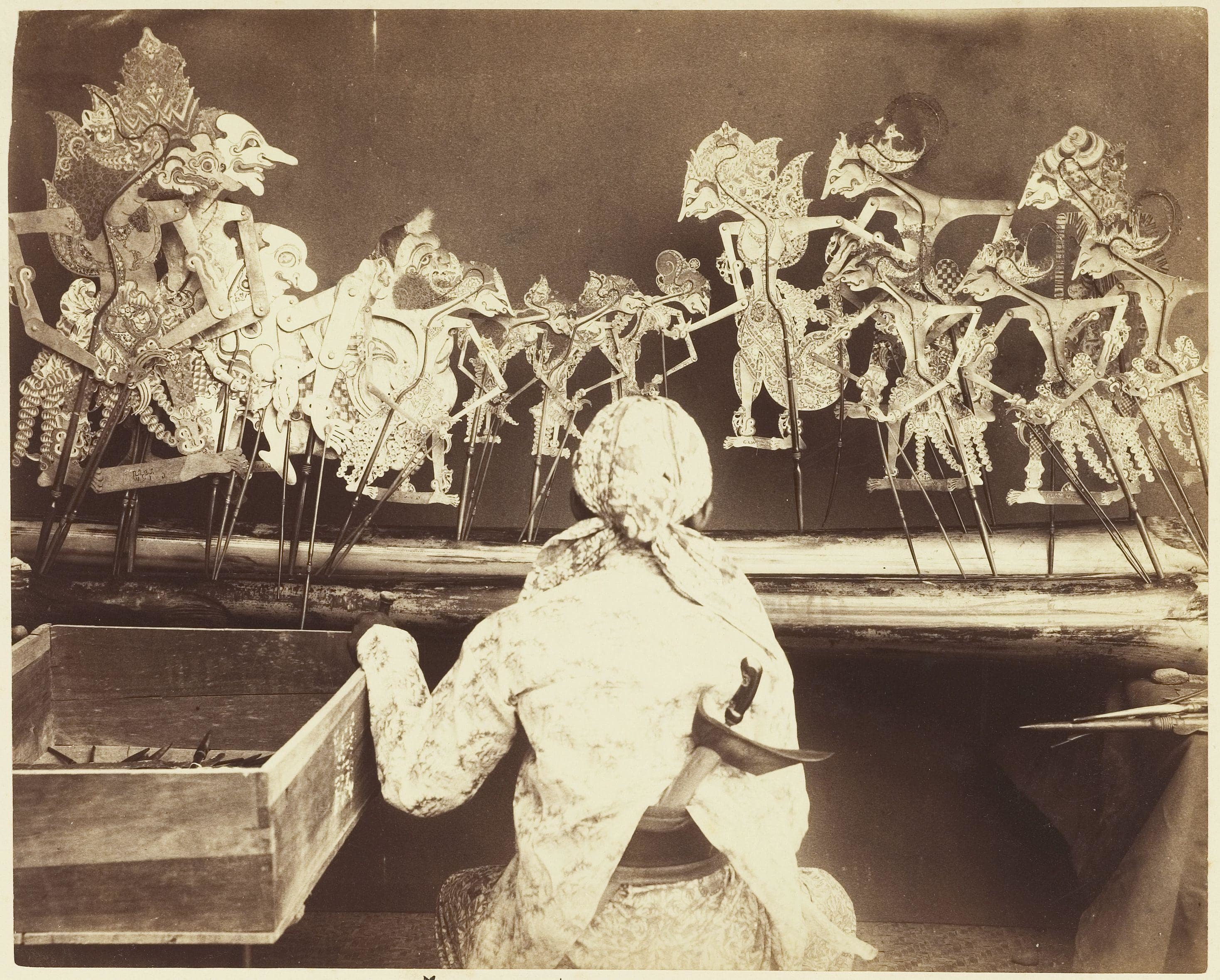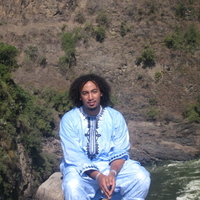I see the shadow play as the greatest lesson
For those exalted in the knowledge of realities
I see figures and voices opposed to one another
And forms without harmony
Coming and going, scene after scene,
All passing away, while the mover abides
—Wajīh al-Dīn Ḍiyā’ b. ¢Abd al-Karīm al Mināwī
Our lives seem to be increasingly spent in front of screens (in fact, you are probably reading this essay on one), and the lockdowns and quarantine measures related to the pandemic have only exacerbated this trend, resulting in an unprecedented surge in home movie and television watching and streaming. A British study estimates that during lockdown, adults spent an average of six hours and twenty-five minutes a day watching television and online video.1 But even before the pandemic, film, television, and online audiovisual content dominated our increasingly homogenous global culture. The hyperreality of streaming and broadcast media is where celebrity and influence are made and cemented. But this was not always the case. In many places in colonized Muslim West Africa, cinema received a much more mixed and even suspicious and hostile reception, included as it was among a host of other coercive foreign sociocultural and political impositions. This is one of the main reasons why cinemas have often been the targets of postcolonial reactionary movements in the region that seek to use the apparatus of the state to control the visual and sensory environment, and hence the imaginations, of their societies.
(View the remainder of the article on)
https://renovatio.zaytuna.edu/article/at-the-movies-with-african-sufis-part1

Wayang Kulit performance in Java, c. 1890; photo: Wikimedia Commons



